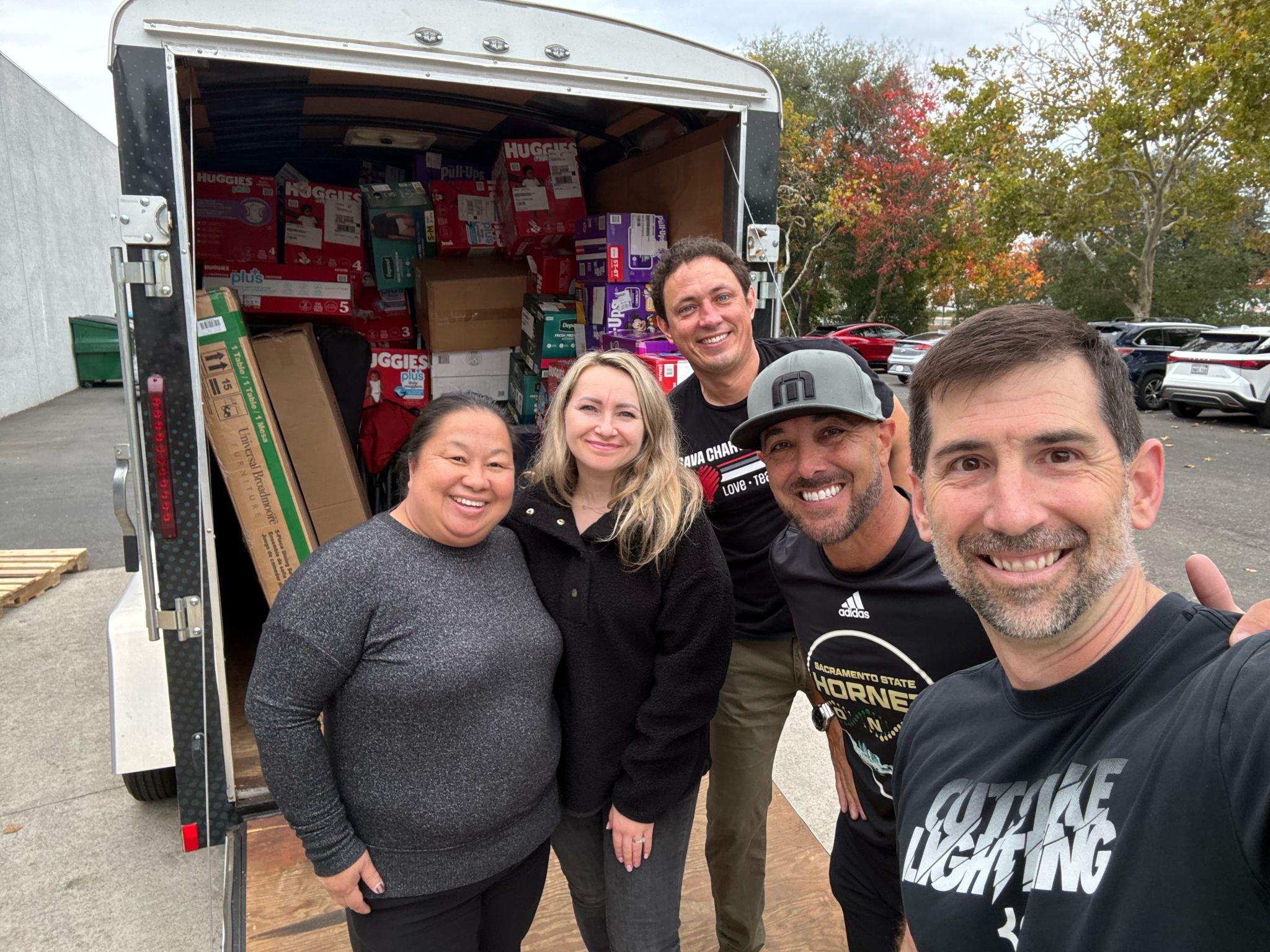As Native American Heritage Month continues, we pay tribute to three charter public schools in California that are dedicated to serving Native American or Indigenous students, as well as offering unique educational programs focused on teaching Native American history and culture.
Anawakalmekak (Los Angeles)
Anawakalmekak is a high-quality TK-12 charter public school dedicated to educating students about Native wisdom and appreciation of the cultural and intellectual heritage of Indigenous peoples.
As an International Baccalaureate World School, Anawakalmek is the only charter public school in the U.S. that offers language instruction in Nahuatl (Mexihkatlahtolli), a language spoken by Nahuas who live in Central Mexico, with smaller populations residing in the United States. Nahuatl has been spoken in central Mexico since at least the seventh century.

However, Anawakalmekak is more than a school.
It's also a social advocacy organization that works to empower and uplift the Indigenous community in Los Angeles.
For example, Anawakalmekak played a key role in the rematriation of 12 acres of hillside land in northeastern Los Angeles to the Gabrielino Shoshone Nation of Southern California.
Rematriation is about restoring the sacred relationship between Indigenous people and their ancestral lands. The area is now known as Chief Ya'anna Learning Village. While the Shoshone group holds the legal title to the land, Anawakalmekak will remain as steward.
Anawakalmekak is collaborating with local and regional Indigenous organizations and advisors to promote ecological sustainability, restore the ecosystem, and educate students about Native culture in the space.
▶️ CLICK PLAY to learn more about Anawakalmekak's efforts to return 12 acres of urban land to a local tribe, leading to the creation of the Chief Ya'anna Learning Village.
Barona Indian Charter School (San Diego County)
Barona Indian Charter School is a K-8 charter public school where educators blend ancient teachings with modern principles of effective instruction.
Established on the Barona Indian Reservation, many students are affiliated with the Barona Band of Mission Indians. They learn side-by-side non-tribal students about the history and cultural legacy of the Kumeyaay peoples who first inhabited the region. In addition, the charter public school offers language instruction in the Kumeyay language.
Another unique program is the school's "Leader in Me" student leadership initiative which combines Native American wisdom with effective leadership practices, helping empower students so they advocate for themselves and reach their full potential.
Barona Indian Charter School’s partnership with the Barona Cultural Center and Museum also helps ensure the school’s art, dance, and music programs impart the unique traditions and character of the Kumeyaay people.
▶️ WATCH THIS VIDEO to learn about Barona Indian Charter School's unique approach to education.
Ipakanni Early College Charter School (Oroville)
Inspired by the Native American idea of open engagement with all cultures, Ipakanni Early College Charter School offers TK-12 grade students a multicultural and interdisciplinary education in Oroville located in Northern California.
The hallmark of this charter school is how it promotes unity between students, families, community, and educators because "each of these groups plays an equally crucial role in the ecosystem of student success."
As such, Ipakanni works to ensure students learn about the healthy stewardship of both human and ecological ecosystems.
The school was opened by three Maidu tribes in 2010 to address falling graduation rates among local Native American youth. To advance the academic success of students, educators maintain small class sizes where they can personalize instruction.
Students at Ipakanni are encouraged to be critical and independent thinkers, as well as globally-minded citizens who use their knowledge and talents to "contribute to their community while demonstrating respect for self and others."

Photo courtesy of Ipakanni Early College Charter School
CCSA commends Ipakanni Early College Charter School, Barona Indian Charter School, and Anawakalmekak for offering students and their families a rigorous educational experience that beautifully mixes the past and present.
Education goes beyond academics at these charter public schools. They nurture pride, purpose, and the strength of Native peoples and traditions.


-1.png)